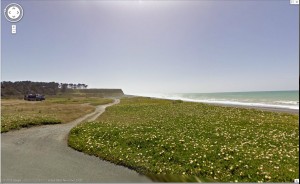@MyDtcAccount – Jonathan Crabtree
Change will always be a part of our society. Whether it be technology, people, or places, everything is in a constant state of transformation. Some for the better, some…not so much. One thing that is evident, however, is that the change in technology reflects the society of the time period. By looking at technology from the past and comparing it to today’s technology, one can see the remediation – “the representation of one medium in another” (78) – clearly and observe how much it has changed. Bolter and Grusin have the same idea, saying that “the practices of contemporary media constitutes a lens through which we can view the history of remediation” (66). For example, looking at a broadcast of ABC World News showed a simplified approach that encouraged the viewer to focus on one thing at the time. In contrast, the 2008 broadcast had multiple videos, pictures, and headlines all going together at the same time. Media is a good indicator of society, and it’s obvious that America has transformed from a patient audience that watches the news one story at a time into an audience that demands the news as quickly as possible, sometimes by listening and reading two stories at once.
Although the medium of the news has changed quite a bit in the past couple decades, there are still many similarities. As stated earlier, remediation is “the REPRESENTATION of one medium in another” (78), meaning that the new medium is not an original, but simply an advanced copy. Bolter and Grusin also argue that remediation “ensures that the older medium cannot be entirely effaced” (79), no matter how many years pass, or how many changes it undergoes.

